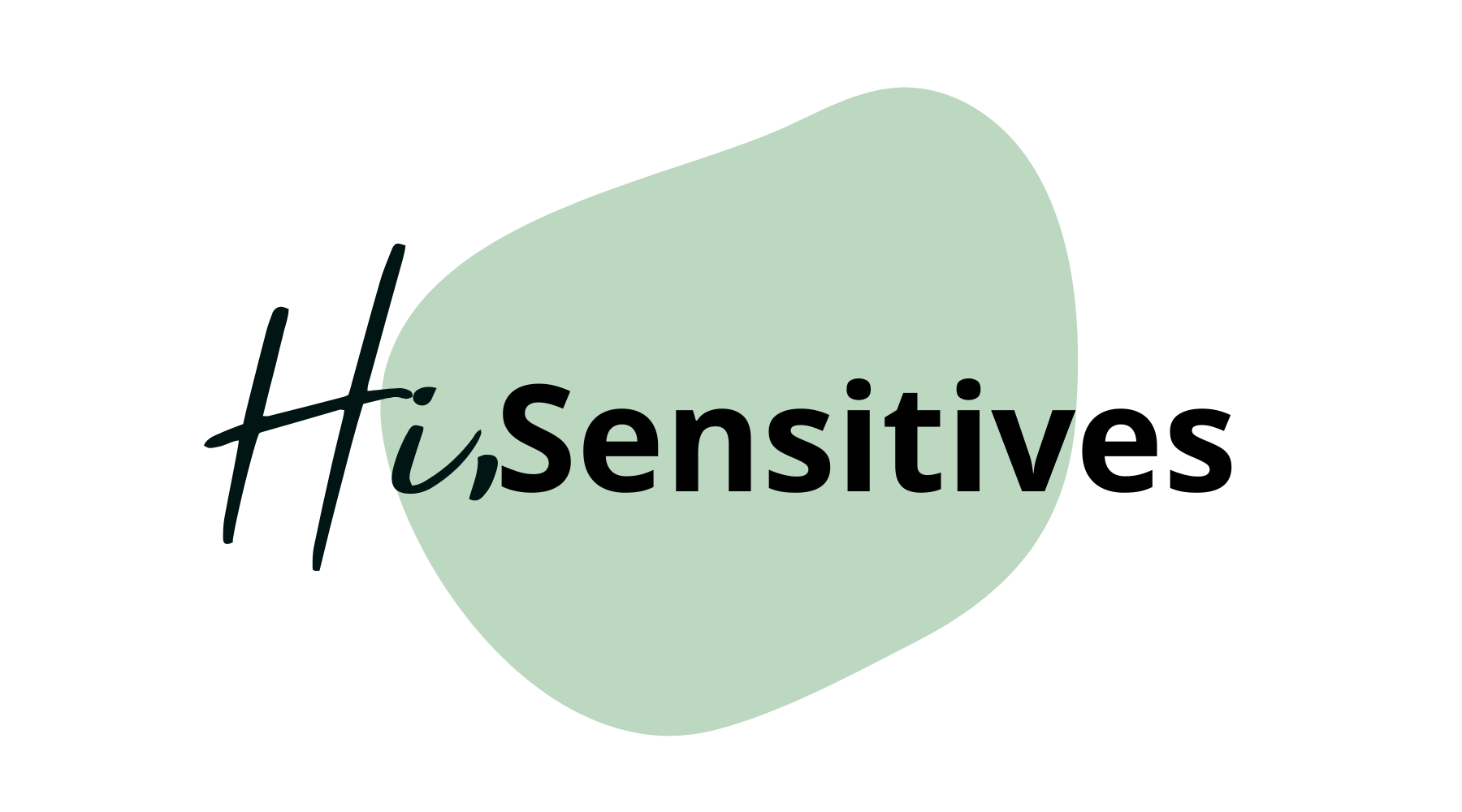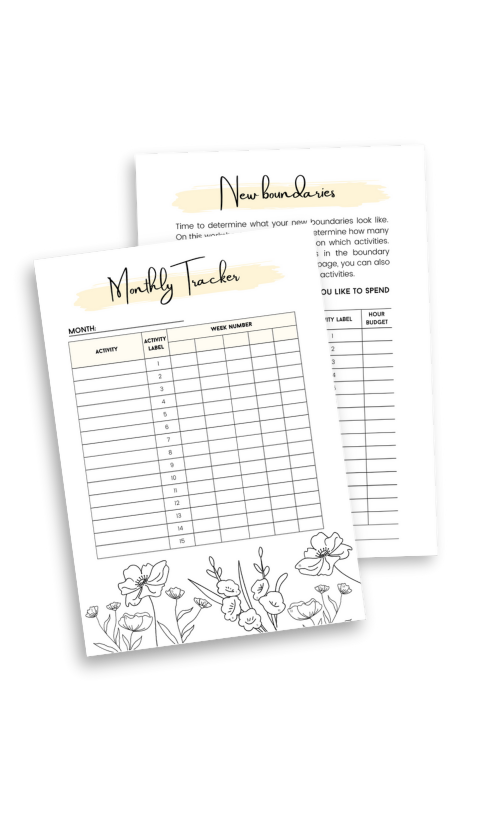Explore the difference between grounding and centering for HSP nervous system regulation: discover which practice you need right now.
Estimated reading time: 5 minutes
Last weekend, I stepped out of the church after my niece and nephew’s communion ceremony. As I moved through the crowded aisle, loud chitchat behind me, clusters of people ahead, I felt that all-too-familiar surge of overwhelm. My chest tightened, my breath shortened, and I realized I’d skipped my morning grounding ritual. But in the moment, stomping barefoot on grass or standing still for earthing wasn’t possible. Instead, I instinctively turned to one of the best centering practices for empaths: I slowed my breathing, imagined my aura forming a protective bubble, and invited calm into my body.
That instant relief, when I felt both grounded and shielded, made me curious. What really is the difference between grounding and centering? And when your sensitive nervous system is on high alert, which practice should you reach for? In this post, we’ll explore the science behind hsp nervous system regulation, clarify how grounding and centering differ, and share quick, gentle rituals for each so you can choose exactly what your system needs in any given moment.
Here’s What You’ll Learn About Grounding and Centering:
Grounding: Reconnecting Through the Earth
When I first learned about grounding, also called earthing, I imagined standing barefoot on dewy grass at dawn, cool, reassuring, alive beneath my feet. Modern research backs up the age-old wisdom: skin contact with natural surfaces helps normalize cortisol rhythms and ease inflammation. For HSPs, grounding is a gentle invitation to shift focus from our busy minds back into our bodies, slowing racing thoughts and anchoring us in the present.

Why Grounding Works
Grounding discharges built-up tension and reminds your system that you have a physical home beneath you. If you wake up with jittery thoughts or sense anxiety lurking in the background, reaching for a grounding practice can help you reset before the day’s demands take hold.
Centering: Cultivating Your Inner Compass
By contrast, centering is an internal art: it asks you to retreat inward, gather your scattered energy, and create protective boundaries around your sensitive field. Rooted in polyvagal theory, centering techniques, from breath focus to visualization, engage the parasympathetic system, cultivating a sense of safety even amid chaos.
Why Centering Works
Centering is ideal for moments when you can’t touch the earth: crowded cafes, boardrooms, public transit. By directing your attention inward and framing a safe container around your energy, you prevent emotional bleed-through and maintain your equilibrium.
Grounding vs. Centering: A Quick Guide
| Grounding | Centering | |
| Connection Point | Feet (or hands) on natural surfaces | Breath, inner visualization |
| Primary Benefit | Discharges stress; anchors you to the earth | Strengthens energetic boundaries; soothes anxiety |
| Ideal Environment | Outdoors or near plants whenever possible | Indoors, crowds, tight spaces |
| Typical Sensation | Physical calm; heaviness release | Emotional steadiness; protective confidence |
Think of grounding as “downloading” any excess into the earth, whereas centering is “uploading” your own calm field around you. Together, they form a toolkit for calm nervous system maintenance for HSPs.
Fresh Rituals for Grounding and Centering
Rather than bulleting practices, let me share two brief stories that illustrate how I weave these rituals into my daily life and how you might, too.
Embracing Earth at Your Desk
I keep a small dish of crystals next to my laptop. When I feel my mind buzzing with deadlines, I take one of the crystals into my hands or under my feet. Closing my eyes, I imagine the stone extending roots into the ground. The physical coolness of the stone reminds me of the earth’s steadiness and within half a minute, my shoulders drop and I can focus again.
Finding Your Heart’s Center in a Hurry
At a networking event, I once felt my awareness stretching thin, polite smiles masking the tension in the air. I excused myself to the restroom, placed a hand over my sternum, and inhaled deeply for four counts, exhaling for six. With each breath, I mentally repeated, “I am safe, I am enough.” Returning to the event, I sensed the ripple of that centered calm protecting my nerves as I rejoined the group.
Integrating Centering and Grounding into Your Daily Routine
Cultivating both grounding and centering needn’t feel like a chore. Here’s how to blend them effortlessly:
- Morning Dual Reset
Step outside after waking, even if just for one minute. Feel the ground beneath your feet, then bring your hands to your chest for two centering breaths. You’ll arrive at your workspace feeling both rooted and contained. - Midday Micro-Pause
During lunch, find a patch of green: an office plant, a windowsill herb garden. Ground by touching leaves, then center by visualizing a protective bubble over your shoulders as you eat. - Evening Release & Restore
Before bed, lie down and place your palms on the earth (or press them into your mattress). Breathe deeply, envisioning stress flowing out through your hands. Then draw your awareness inward, feeling the gentle support of your own energy field around you as you drift to sleep.
Ready to Explore Grounding and Centering in Depth?
Understanding the difference between grounding and centering empowers your hsp nervous system regulation, so you can respond to any situation with clarity and calm. Whether you stand barefoot on grass or gently cradle your heart with mindful breaths, these practices honor your sensitivity and restore balance.Ready to explore both practices in depth? Explore our membership for HSPs, filled with guided meditation audios, journaling prompts, and expert masterclasses crafted for highly sensitive souls.
In this article, we collaborated with AI, meaning that the input and stories are original human ideas, but the text itself has been created with support from AI. All AI content is being edited and factchecked by our editor.







